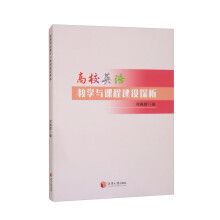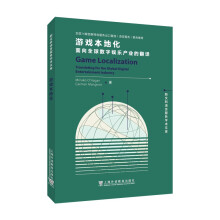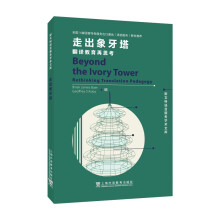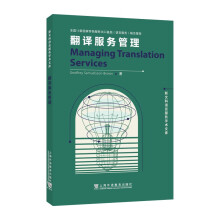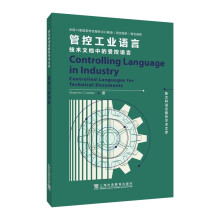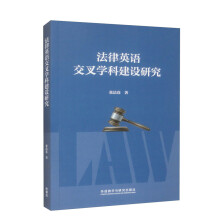Chapter 1 Introduction
1.1 Research background
1.2 Research objectives and questions
1.3 Research significance
1.4 Organization of the dissertation
Chapter 2 Literature Review
2.1 Working definition of collocations
2.2 Classification of collocations
2.3 Identification of collocations
2.4 Theoretical framework
2.4.1 Lexical priming theory
2.4.2 Usage-based theory and exemplar-based theory
2.4.3 Holistic processing theories
2.4.4 Analytic processing theory
2.4.5 Parallel processing theory
2.5 The processing of English collocation
2.5.1 The processing advantage of English collocation
2.5.2 Processing patterns of English collocation
2.5.3 Factors affecting the processing of English collocation
2.6 The processing of Chinese formulaic language
2.6.1 The processing of Chinese idioms
2.6.2 The processing of Chinese collocations
2.7 Conclusion
Chapter 3 Methodology
3.1 Introduction
3.2 Eye movements during reading
3.2.1 Background information of eye movements
3.2.2 Eye-tracking technology
3.2.3 Eye movement measures
3.2.4 Models of eye movement control during reading
3.2.5 Parafoveal processing during reading
3.3 Conclusion
……
Chapter 4 Study I: The Processing Advantages of Chinese
Chapter 5 Study II: Holistic or Analytic Processing
Chapter 6 Study III: Influencing Factors
Chapter 7 General Discussion
Chapter 8 Conclusion
Appendices
References
展开

